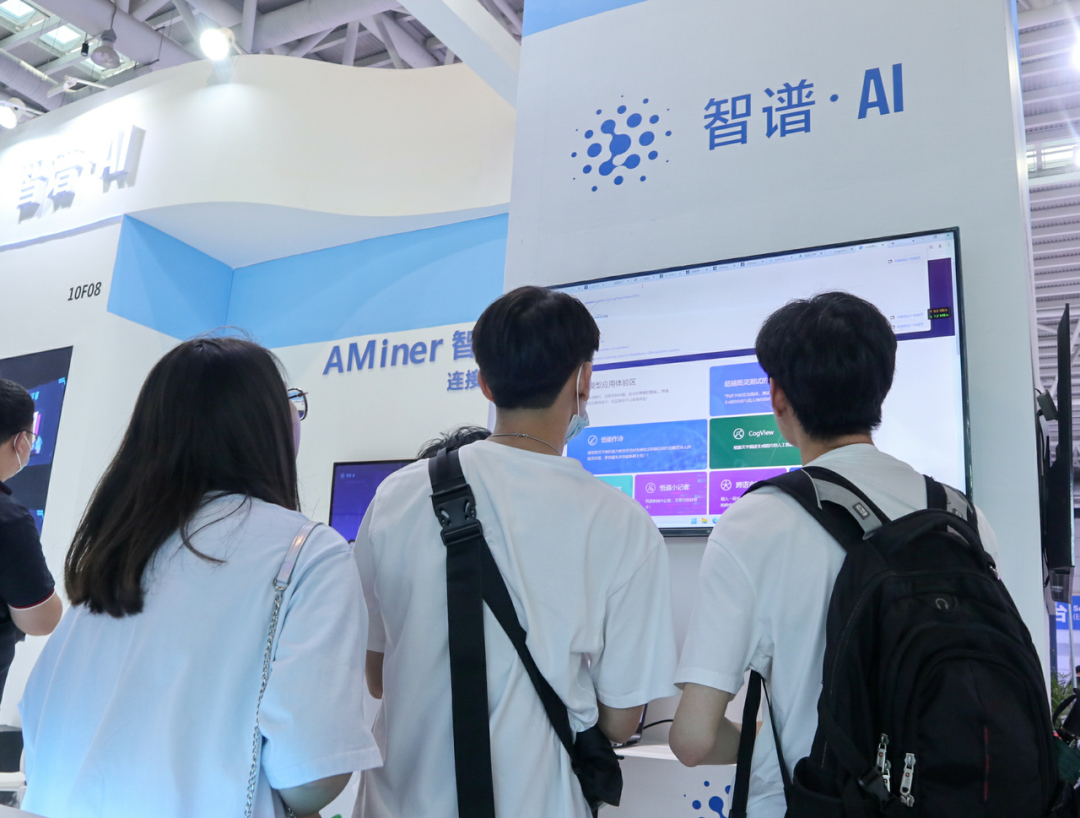After more than a week of ratcheting up tariffs on products imported from China, the Trump administration issued a rule late Friday that spared smartphones, computers, semiconductors and other electronics from some of the fees, in a significant break for tech companies like Apple and Dell and the prices of iPhones and other consumer electronics.
A message posted late Friday by U.S. Customs and Border Protection included a long list of products that would not face the reciprocal tariffs President Trump imposed in recent days on Chinese goods as part of a worsening trade war. The exclusions would also apply to modems, routers, flash drives and other technology goods, which are largely not made in the United States.
The exemptions are not a full reprieve. Other tariffs will still apply to electronics and smartphones. The Trump administration had applied a tariff of 20 percent on Chinese goods earlier this year for what the administration said was the country’s role in the fentanyl trade. And the administration could still end up increasing tariffs for semiconductors, a vital component of smartphones and other electronics.
The moves were the first major exemptions for Chinese goods, which would have wide-ranging implications for the U.S. economy if they persist. Tech giants such as Apple and Nvidia would largely sidestep punitive taxes that could slash their profits. Consumers — some of whom rushed to buy iPhones this past week — would avoid major potential price increases on smartphones, computers and other gadgets. And the exemptions could dampen inflation and turmoil that many economists feared might lead to a recession.
The tariff relief was also the latest flip-flop in Mr. Trump’s effort to rewrite global trade in a bid to boost U.S. manufacturing. The factories that churn out iPhones, laptops and other electronics are deeply entrenched in Asia — especially in China — and are unlikely to move without a galvanizing force like the steep taxes that the Trump administration had proposed.
“It’s difficult to know if there’s a realization within the administration that reworking the American economy is a gargantuan effort,” said Matthew Slaughter, the dean of the Tuck School of Business at Dartmouth.
Friday’s exemptions may be short-lived. The Trump administration was preparing another national security-related trade investigation into semiconductors, which would probably also apply to some downstream products like electronics, a person familiar with the matter said. These investigations have previously resulted in additional tariffs.
A senior administration official, speaking on background because they were not authorized to speak publicly, said the exemptions were aimed at making sure the United States had a supply of semiconductors, a foundational technology used in smartphones, cars, toasters and dozens of other products. Many cutting-edge semiconductors are manufactured overseas, such as in Taiwan.
Karoline Leavitt, the White House spokeswoman, said in a statement, “President Trump has made it clear America cannot rely on China to manufacture critical technologies” and that at his direction, tech companies “are hustling to onshore their manufacturing in the United States as soon as possible.”
For now, the changes punctuated a wild week in which Mr. Trump backtracked from many tariffs he introduced on April 2, which he had called “liberation day.” His so-called reciprocal tariffs had introduced taxes that would reach up to 40 percent on products imported from some nations. After the stock and bond markets plunged, Mr. Trump reversed course and said he would pause levies for 90 days.
Because Beijing chose to retaliate against U.S. tariffs with levies of its own, China was the one exception to Mr. Trump’s relief. Instead of pausing tariffs on Chinese imports, Mr. Trump increased them to 145 percent and showed no willingness to spare any companies from those fees. In return, China on Friday said it was raising its tariffs on American goods to 125 percent.
That sent shares of many technology companies into free fall. Over four days of trading, the valuation of Apple, which makes about 80 percent of its iPhones in China, fell by $773 billion.
Mr. Trump’s moderation is a major relief for a tech industry that has spent months cozying up to the president. Meta, Amazon and several tech leaders donated millions to President Trump’s inauguration, stood behind him as he was sworn into office in January and promised to invest billions of dollars in the United States to support him.
Tim Cook, Apple’s chief executive, has been at the forefront of the industry’s courtship of Mr. Trump. He donated $1 million to Mr. Trump’s inauguration and later visited the White House to pledge that Apple would spend $500 billion in the United States over the next four years.
The strategy repeated Mr. Cook’s tactics during Mr. Trump’s first term. To head off requests that Apple begin manufacturing its products in the United States rather than China, Mr. Cook cultivated a personal relationship with the president that helped Apple win exemptions on tariffs for its iPhones, smartwatches and laptops.
It was unclear if Mr. Cook could obtain a similar break this time, and the tariffs Mr. Trump proposed were more severe. As the Trump administration increased its taxes on Chinese goods, Wall Street analysts said Apple might have to increase the price of its iPhones from $1,000 to more than $1,600.
The threat of higher iPhone prices caused some Americans to rush to Apple stores to buy new phones. Others raced to buy computers and tablets that were made in China.
Apple did not immediately respond to a request for comment.
Apple’s iPhone quickly became a symbol of the tit-for-tat over tariffs with China. On Sunday, Commerce Secretary Howard Lutnick appeared on CBS’s “Face the Nation” and said the tariffs would result in an “army of millions and millions of people screwing in little, little screws to make iPhones” in the United States. Ms. Leavitt said later in the week that Mr. Trump believed that the United States had the resources to make iPhones for Apple.
“Apple has invested $500 billion here in the United States,” she said. “So if Apple didn’t think the United States could do it, they probably wouldn’t have put up that big chunk of change.”
Apple has faced questions about moving some iPhone manufacturing to the United States for more than a decade. In 2011, President Obama asked Steve Jobs, Apple’s co-founder, what it would take to make the company’s best-selling product in the United States rather than China. In 2016, Mr. Trump also pressured Apple to change its position.
Mr. Cook has remained steadfast in his commitment to China and has said the United States doesn’t have enough skilled manufacturing workers to compete with China.
“In the U.S., you could have a meeting of tooling engineers, and I’m not sure we could fill the room,” he said at a conference in late 2017. “In China, you could fill multiple football fields.”
Maggie Haberman contributed reporting.










